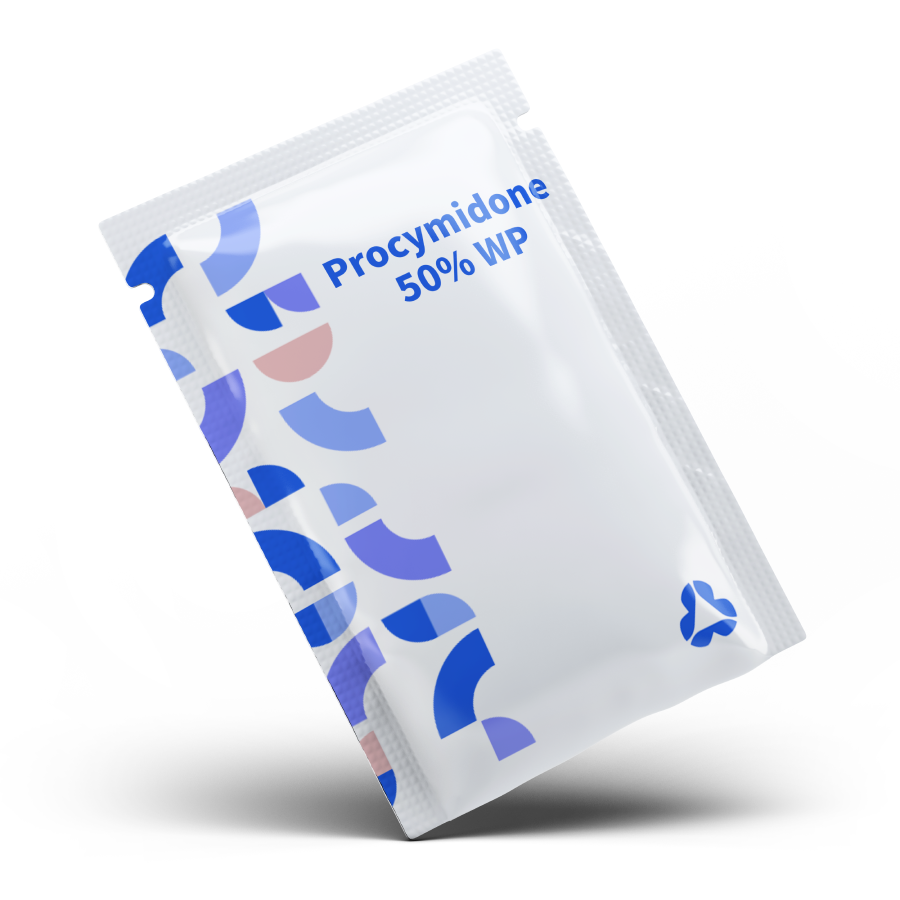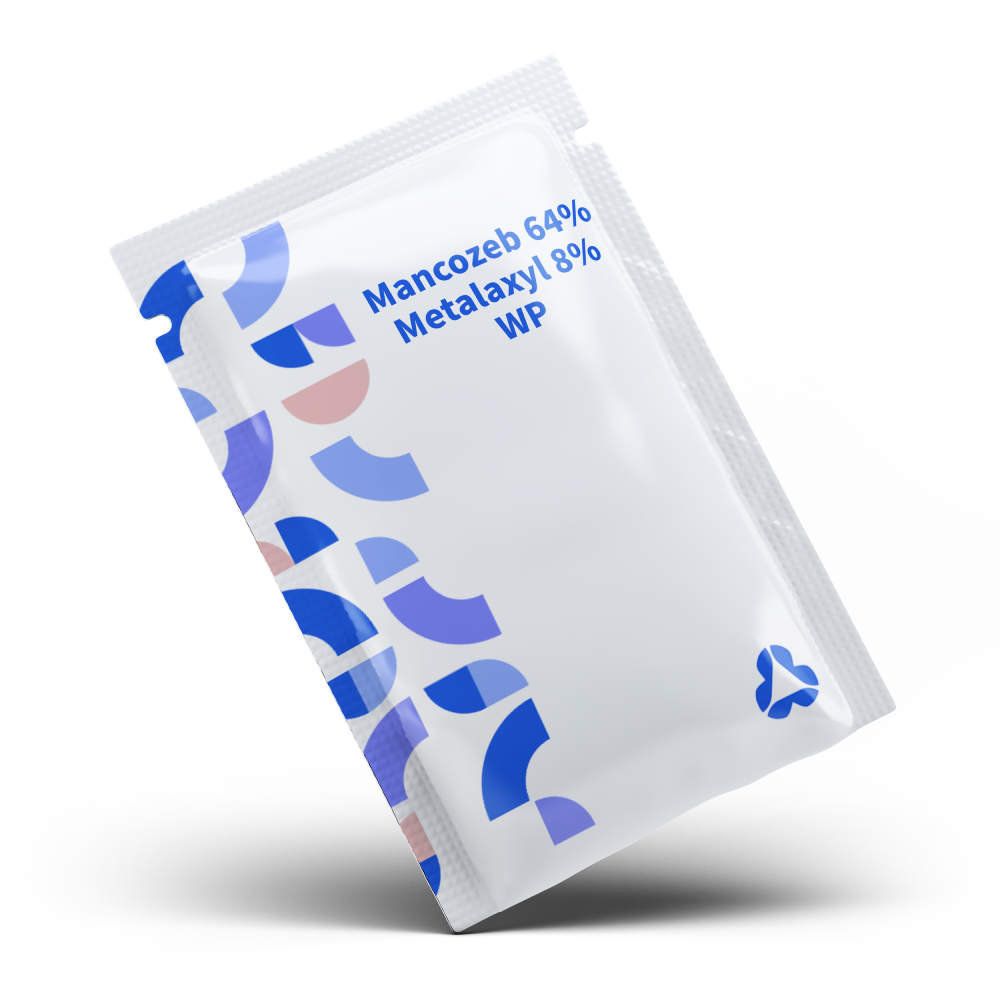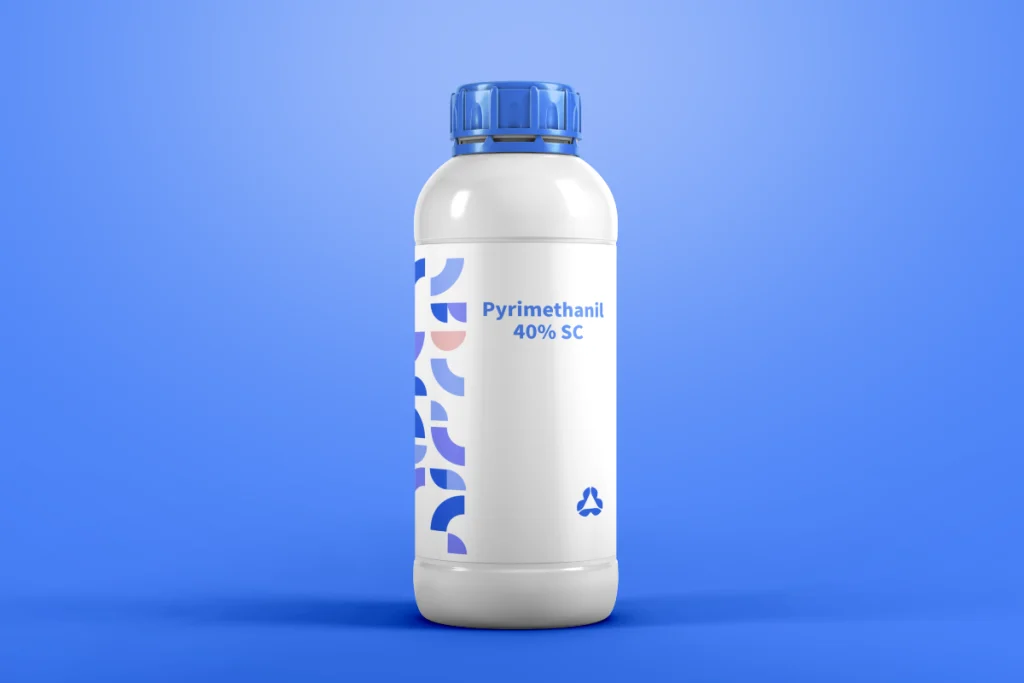Procymidone 50% WP (Wettable Powder) is a well – recognized and highly effective fungicide. Formulated with 50% of the active ingredient procymidone, this product has become a staple in the agricultural and horticultural sectors for combating a wide range of fungal diseases. It belongs to the dicarboximide class of fungicides, which are known for their unique mode of action and broad – spectrum antifungal properties.

Penconazole 10% EC
Product Name: Penconazole 10% EC (Fungicide)Active Ingredient: PenconazoleCAS Number: 66246-88-6Molecular Formula: C₁₃H₁₅Cl₂N₃OMode of Action: Inhibits ergosterol biosynthesis in fungal cells, disrupting cell membrane formation for



